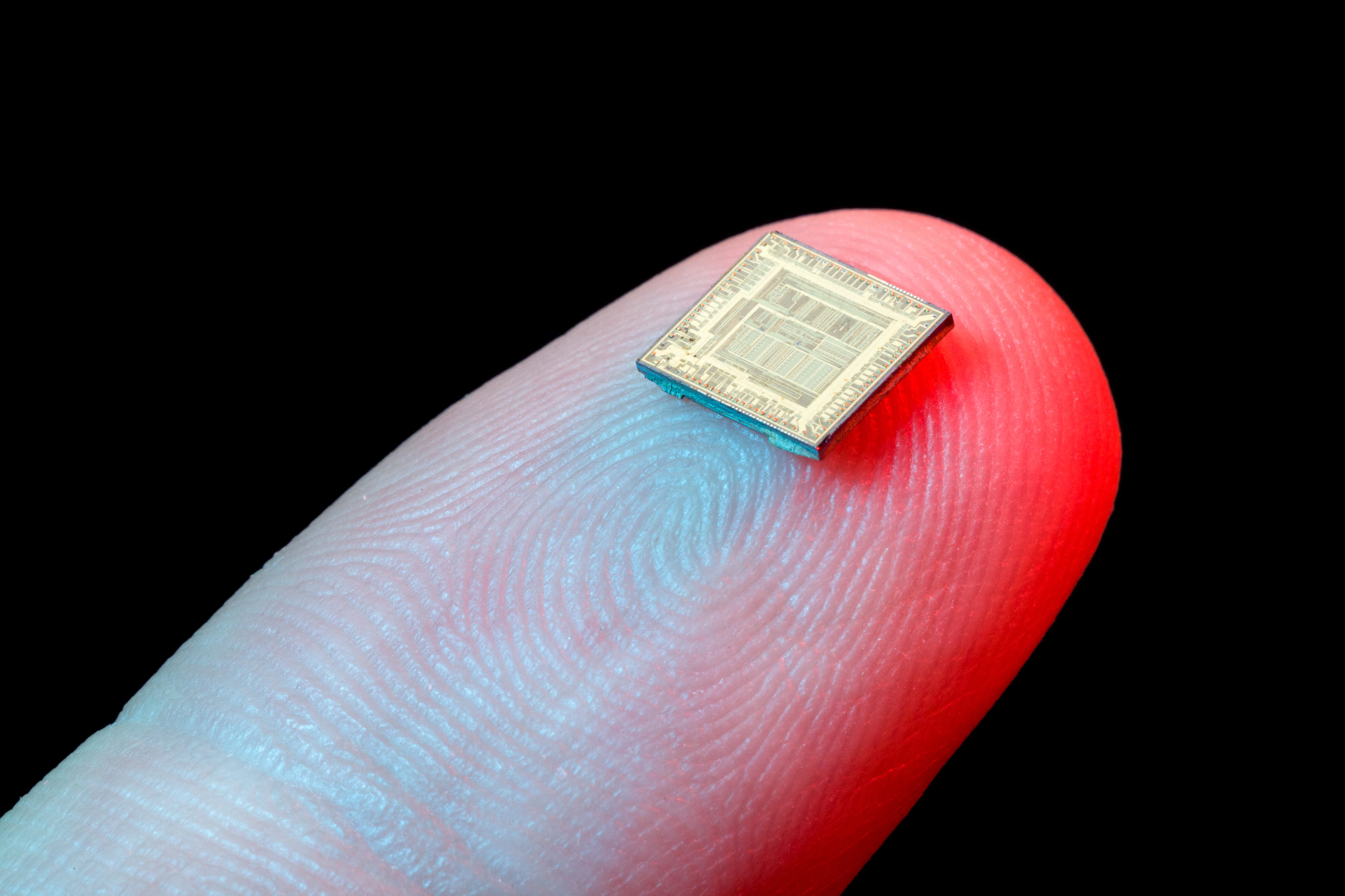Silicon nanoblades convert waste heat into energy

Waste heat from electronics can be converted into reusable energy more efficiently thanks to a collaboration between the University of Texas at Dallas and Texas Instruments.
The collaborative project demonstrated that silicon’s ability to harvest energy from heat can be greatly increased while remaining mass-producible.
Dr. Mark Lee, professor and head of the Department of Physics in the School of Natural Sciences and Mathematics, is the corresponding author of a study published in Nature Electronics that describes the results. The findings could greatly influence how circuits are cooled in electronics, as well as provide a method of powering IoT sensors.
“Sensors go everywhere now. They can’t be constantly plugged in, so they must consume very little power,” Lee said. “Without a reliable light source for photovoltaic energy, you’re left needing some kind of battery, one that shouldn’t have to be replaced.”
One solution is thermoelectric generation which converts a difference in temperature into electrical energy, but the primary hurdles for widespread thermoelectric harvesting have been efficiency and cost.
“Thermoelectric generation has been expensive, both in terms of cost per device and cost per watt of energy generated,” Lee said in a statement. “The best materials are fairly exotic – they’re either rare or toxic – and they aren’t easily made compatible with basic semiconductor technology.”
Silicon is a poor thermoelectric material in its bulk, crystalline form but research has indicated that it performs much better as a nanowire, a filamentlike shape with two of its three dimensions less than 100nm.
“In the decade since those experiments, however, efforts to make a useful silicon thermoelectric generator haven’t succeeded,” Lee said.
One barrier is that the nanowire is too small to be compatible with chip-manufacturing processes. To overcome this, Lee and his team relied on so-called nanoblades, which are 80nm thick but more than eight times that in width, which makes them compatible with chip-manufacturing rules. Study co-author Hal Edwards, a TI Fellow at Texas Instruments, designed and supervised fabrication of the prototype devices.
Lee explained that the nanoblade shape loses some thermoelectric ability relative to the nanowire.
“However, using many at once can generate about as much power as the best exotic materials, with the same area and temperature difference,” he said.
One key realisation was that some previous attempts failed because too much material was used. “When you use too much silicon, the temperature differential that feeds the generation drops,” Lee said. “Too much waste heat is used, and, as that hot-to-cold margin drops, you can’t generate as much thermoelectric power. There is a sweet spot that, with our nanoblades, we’re much closer to finding than anyone else. The change in the form of silicon studied changed the game.”
Lee said that the advanced silicon-processing technology at Texas Instruments allows for efficient, inexpensive manufacturing of a huge number of the devices.
“You can live with a 40 per cent reduction in thermoelectric ability relative to exotic materials because your cost per watt generated plummets,” he said. “The marginal cost is a factor of 100 lower.”
Image: Dr. Mark Lee, head of the Department of Physics in the School of Natural Sciences and Mathematics, explains his research into the thermoelectric harvesting ability of silicon nanoblades (Credit: University of Texas at Dallas)





